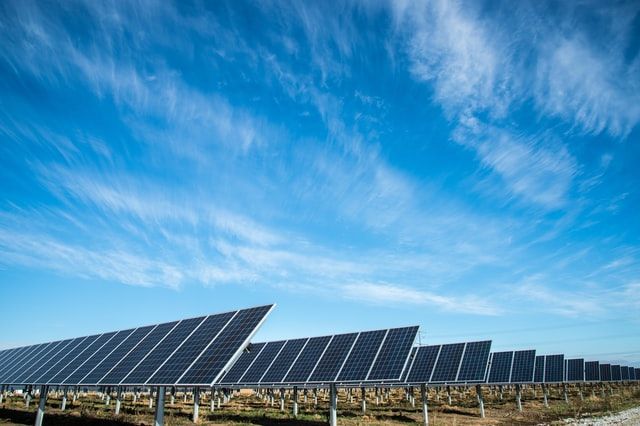From 10 March 2021, fund and asset managers will have to disclose how they comply with ESG criteria. "Our investment strategy in the Clean Energy Future Fund meets the highest requirements under Article 9 of the regulation," says Markus W. Voigt, CEO of the aream Group. This makes the fund a "deep green" investment.
The Sustainable Finance Disclosure Regulation (SFDR) requires asset managers such as the aream Group to provide a variety of new information. Among other obligations, fund and asset managers must disclose how they take sustainability risks into account in their investment processes and products, and how they deal with any negative effects their investment decisions may have on sustainability factors. "In addition, the positive impact that financial products can have will be examined," says Voigt.
According to the investment strategy, the Clean Energy Future Fund meets the requirements of Article 9 (2) of Regulation (EU) 2019/2088 of the European Parliament and of the Council of 27 November 2019 on sustainability claims in the financial services sector, as amended (SFDR). "The fund aims to reduce carbon dioxide emissions by reducing the consumption of fossil fuels within the meaning of Article 9 (3) SFDR," said Voigt.
The Renewable Energy focused fund seeks to achieve environmental benefits through its investment strategy. Environmental and related social & governance criteria referred to in the SFDR are an integral part of the Fund's investment process. The ESG criteria are an integral part of the Investment Policy. The primary objective of the Fund is to increase the production and availability of renewable energy and thereby reduce greenhouse gas emissions and fossil fuel consumption.
"The aream Group is one of the pioneers in renewable energies and implements investments not only as individual investments, but also as a portfolio for diversification reasons," says Voigt. This way, the risks for investors are significantly lower. "If, for example, Germany has a weak wind month, but at the same time the sun shines properly or it blows strongly in Italy, the effects balance each other out," says Voigt. Investors who only operate individual wind or solar parks then experience higher fluctuations than those who have invested in an entire portfolio.
PRESSEKONTAKT:
Leandra Kiebach
T: +49 (0)211 30 20 60 4-2
E: lk@aream.de

